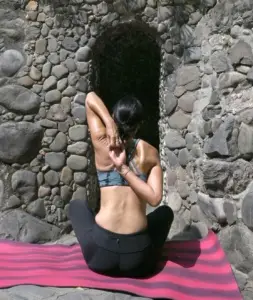
Mindfulness provides a valuable toolkit for first responders – such as firefighters, police officers, paramedics, and emergency medical technicians (EMTs) who face high-stress situations and physical demands daily. This holistic practice integrates physical postures, breathing exercises, and meditation techniques to support mental and physical resilience, improve flexibility, and reduce the impact of stress-related conditions.
Benefits of Mindfulness for First Responders:
Considerations before Starting:
Mindful Poses for First Responders:
Breathing Exercises for First Responders:
Mindful Practice for First Responders:
Summary with Tips:
By integrating mindful poses, breathing exercises, and meditation techniques into your routine, first responders can enhance their resilience, manage stress more effectively, and support overall well-being. These practices offer practical tools for managing the physical and mental demands of their critical roles, fostering a healthier and more balanced approach to service and self-care.

GoInwards is an IRS 501(c)(3) Non-Governmental Organization (NGO), chartered to advance wellness through integrative health related awareness, prevention, intervention, and resilience-based educational programs.
FEIN 90-0609802